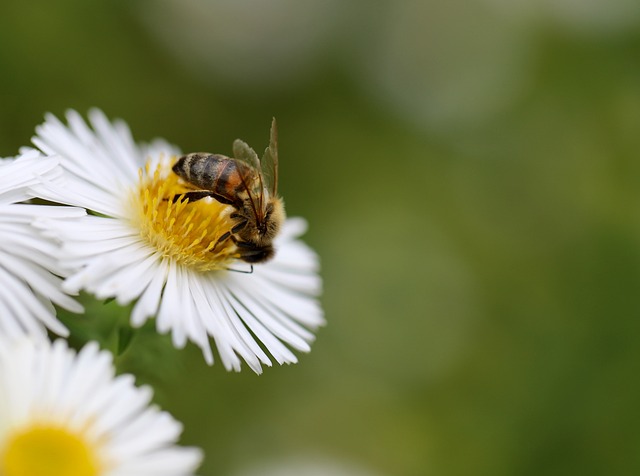When you hold a cosmetology license, you often find yourself in some rather amusing situations. Friends tend to ask for your “expert” opinion on everything from haircuts to nail issues. Yes, I know, it’s not quite the same as being a medical professional, but let me indulge in this moment of comparison.
“Hey, Jamie! You used to do nails, right? Can you check this out? I think it’s a fungus!” Ah, the joys of friendship.
One day, a friend of mine, Lisa, was in a bit of a panic about her toenail’s appearance. She was convinced something was seriously wrong. I braced myself for a potential horror show, recalling some pretty grim nail scenarios I had seen over the years, and figured I could handle it after a snack break.
As Lisa peeled off her sock, I took a look at her big toe. Sure enough, there were white spots on her nail, and I couldn’t help but chuckle. It wasn’t a fungus at all; she had leukonychia. Despite its intimidating name, which translates from Greek to “white nails,” it’s actually quite common and not a cause for concern.
Leukonychia is typically the result of a minor injury to the nail matrix—the area where your nail grows. Perhaps Lisa dropped something on her foot or stubbed her toe during her morning jog. The white spots show up weeks later as the nail grows out, usually long after you’ve forgotten about the initial incident.
There’s no specific treatment for leukonychia, as the spots will simply grow out over time. So, why not cover them up with a stylish dark polish and move on?
If you notice larger, chalky, or patchy white spots, it could indicate dehydration. This might mean you’re not drinking enough water or that your nails are drying out from prolonged polish wear or inadequate moisturizing after removing old polish. Nail polish can leach moisture from your nails, and using pure acetone can be too harsh. Give your nails a break for a few weeks—let them breathe while you pamper them with some hydration.
However, if you observe changes like thickening, brittleness, unpleasant odors, or yellowing of your nails, it’s time to consult a healthcare professional. And Lisa, if you’re reading this, please refrain from showing me anything that resembles a fungus! Just a friendly reminder about the boundaries of friendship.
For more insights into your health and fertility journey, check out our article on Couples’ Fertility Journey for Intracervical Insemination. If you’re looking for ways to boost fertility, Boost Fertility Supplements are an excellent resource. For pregnancy-related information, visit WomensHealth.gov.
Summary
White spots on your nails, commonly known as leukonychia, are often harmless and can result from minor injuries to the nail matrix. Larger, chalky spots may indicate dehydration, suggesting a need for better hydration and nail care. If you notice severe changes, consult a doctor. And remember, it’s always a good idea to keep your nails moisturized and give them breaks from polish!
Keyphrase: white spots on nails
Tags: [“home insemination kit” “home insemination syringe” “self insemination”]
